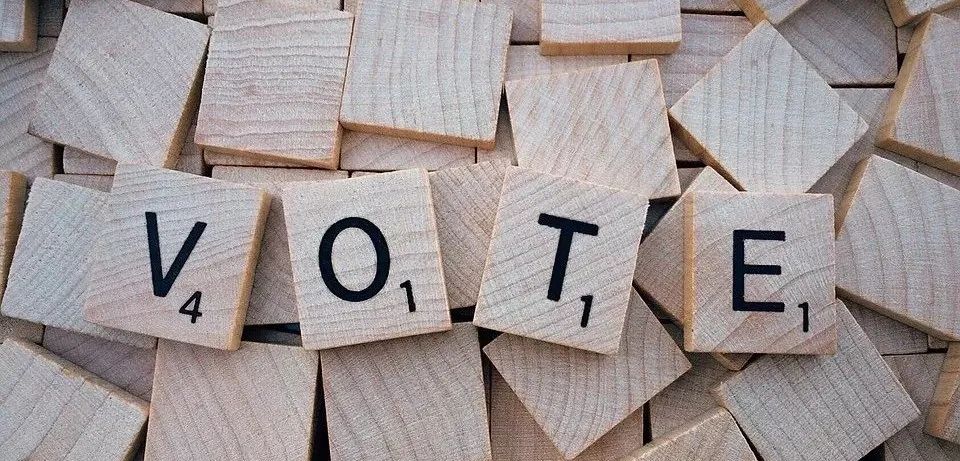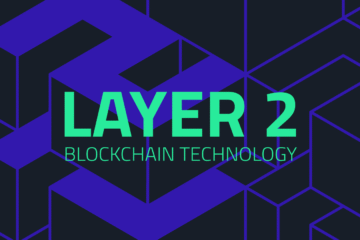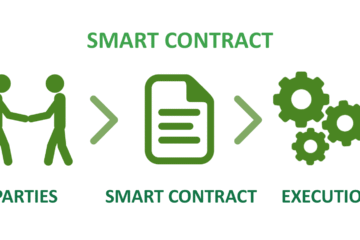Beginner’s Guide: Understanding Blockchain Consensus Mechanisms: PoW, PoS, DPoS

When diving into blockchain or cryptocurrency, you’ll often stumble across brain-bending terms like PoW, PoS, and DPoS. Today, let’s break down what PoW, PoS, and DPoS are all about.
In a nutshell, PoW, PoS, and DPoS are the three main consensus mechanisms in blockchain.
To put it simply, a blockchain is a decentralized ledger. Unlike traditional ledgers managed by accountants or a small group, anyone can participate in keeping the books.
However, this bookkeeping needs a universally accepted rule—essentially, “what makes a record valid?” That rule is the blockchain’s consensus mechanism.
Think of it like a big family planning an overseas vacation. After some discussion, you all agree on Thailand. That decision to go to Thailand is your family’s consensus, and the method of reaching it—say, majority rule—is your consensus mechanism.
Similarly, PoW, PoS, and DPoS are the primary bookkeeping rules for blockchain networks. They’re critical because they determine who gets to record transactions and how rewards are distributed. Put bluntly, the consensus mechanism is the soul of a blockchain.
01 Proof-of-Work (PoW)

Proof-of-Work, or PoW, is essentially a certificate proving you’ve put in a certain amount of effort. Think of it like a college diploma that verifies your four years of study. In PoW, the amount of work you do determines your contribution, which in turn decides your bookkeeping rights and rewards.
This proof comes from computers solving complex mathematical problems. Imagine everyone tackling the same puzzle: the first to solve it gets to record the transaction and earns a reward, typically in the form of the network’s cryptocurrency.
For example, in Bitcoin’s network, the first to solve the puzzle gets rewarded with Bitcoin.
PoW’s strength lies in its full decentralization. It’s fair and transparent, requiring no centralized authority. Users (or nodes) compete on equal footing, and the first to solve the puzzle reaps the reward.
The downside? It’s an energy hog. Everyone’s racing to solve the puzzle, but only one person’s work counts; the rest is wasted effort. Since computers run on electricity, this process burns through massive amounts of power. Bitcoin, which uses PoW, consumes billions of dollars’ worth of electricity annually—a point of frequent criticism.
02 Proof-of-Stake (PoS)

Proof-of-Stake, or PoS, works on the principle that the more “stake” you have, the more rewards you earn. Here, stake refers to the amount of cryptocurrency you hold and how long you’ve held it. This is calculated as “coin age” (coin amount × holding time), similar to dividends in the stock market.
The more coins you hold and the longer you hold them, the larger your coin age, which grants you greater bookkeeping rights and bigger rewards.
PoS has three key advantages:
- Low energy consumption: Unlike PoW, it doesn’t require massive computational power.
- High cost of attack: To manipulate the network, you’d need 51% of the coin age—a tall order, requiring both a huge number of coins and long holding periods.
- Fast consensus: In good network conditions, PoS can achieve consensus in milliseconds.
However, PoS has two drawbacks. First, it tends to concentrate wealth: the more coins you hold for longer, the more rewards you earn, leading to greater coin accumulation and potential centralization. Second, it reduces liquidity: since holding coins yields rewards, people are incentivized to hoard rather than spend, slowing down the circulation of the cryptocurrency.
03 Delegated Proof-of-Stake (DPoS)

Delegated Proof-of-Stake, or DPoS, is an optimized version of PoS. Instead of relying on computing power, DPoS uses a voting system to elect “producers” who handle bookkeeping duties on behalf of others. If a producer underperforms, they can be voted out at any time. Voting power and reward distribution are based on the percentage of the total cryptocurrency supply a voter holds, with 51% of shareholders’ votes being final and binding.
Think of DPoS like a corporation with shareholders. Regular shareholders don’t sit on the board; instead, they vote to elect representatives who form the board. In DPoS, your cryptocurrency holdings determine your voting weight, and elected representatives handle the bookkeeping.
DPoS’s advantage is efficiency: with fewer bookkeeping nodes, collaboration is streamlined, and transaction recording is faster. The trade-off is a slight reduction in decentralization, as elected representatives introduce a degree of centralized control.
04 Conclusion
No consensus mechanism is perfect—each has its flaws. As blockchain technology evolves, consensus mechanisms will continue to improve, and the future looks promising.










